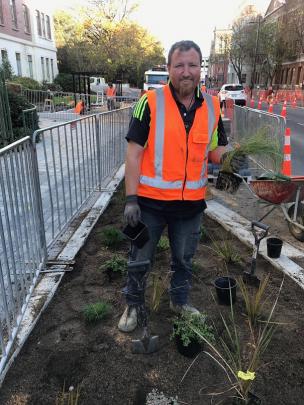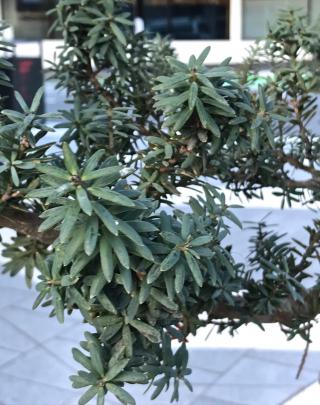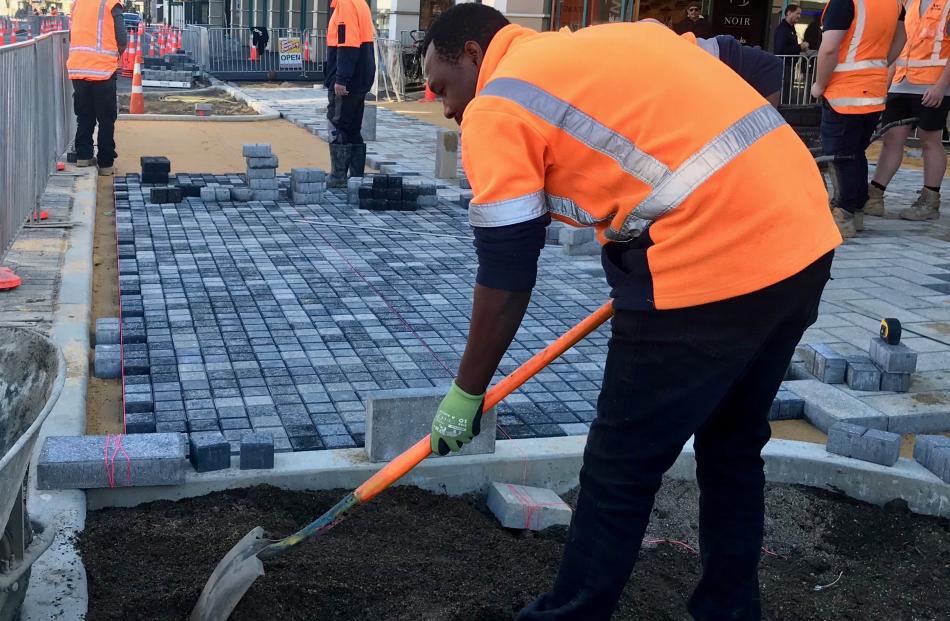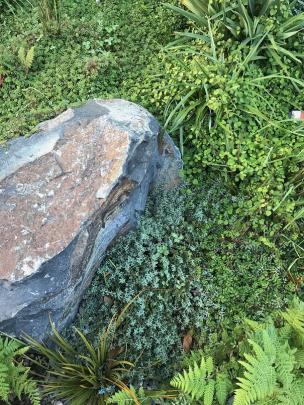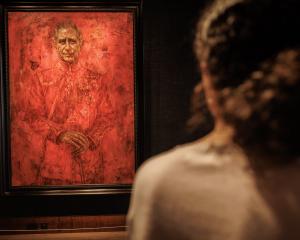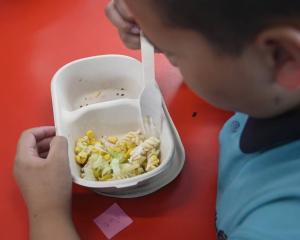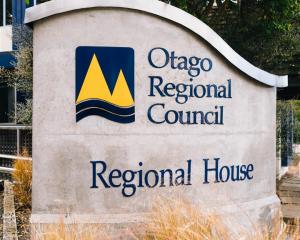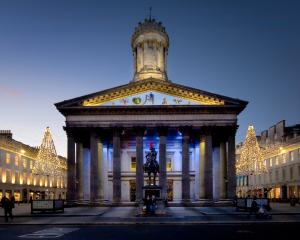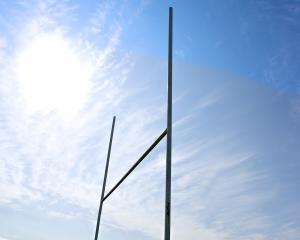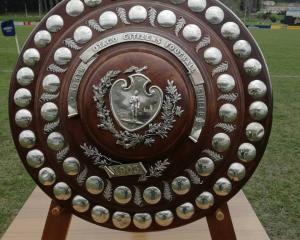Gillian Vine takes a closer look at George St.
Totally Georgeous is starting to come together and the most frequent comments are: "It will be great/marvellous/lovely when it’s finished."
The inner-city revamp proposal initially received a lot of negative feedback, including some from retailers who wanted trees to be taken out and not replaced.
DCC project director Dr Glen Hazelton said that tended to relate to past experience.
"It hasn’t been the right tree in the right place. They weren’t the right specimens, either."
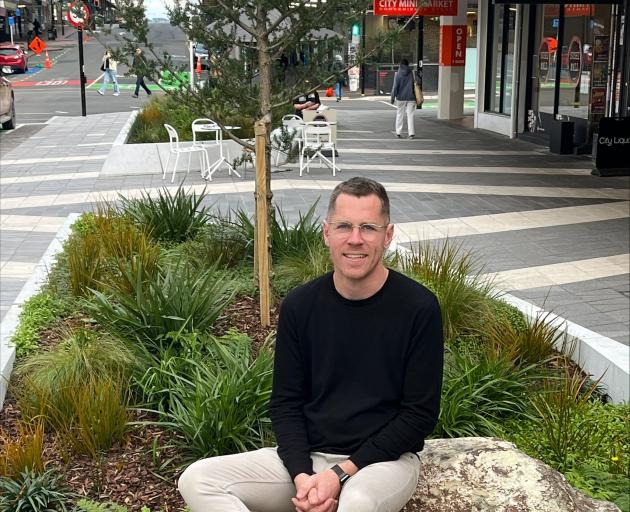
Two columnar English beeches (Fagus sylvatica Fastigiata), one taken from the Golden Block, the other from outside the council offices, have been rehomed in Great King St.
Numerous new trees are being planted, too, with lots of natives - not previously common on Dunedin streets - as well as exotic specimens, mostly deciduous trees for spring and autumn colour.
This is where Kurt Cole comes in. The Jasmax senior landscape architect-urban designer has had the twin challenges of designing the new streetscape and sourcing the best plants "to have a visual bang", as Dr Hazelton puts it.
"It’s been a pretty lengthy moving beast," Mr Cole says.
He started two or three years ago with an aspirational list, then narrowed it down, decisions being based largely on availability of the largest grade trees that would give almost instant appeal. They needed to be small enough, though, to settle well into their new environment so "their little roots can spread to their heart’s content".
Most of the native species are linked to a design partnership with mana whenua, so South Island kowhai (Sophora microphylla) and totara (Podocarpus totara) are well represented.
"It’s amazing how differently totara react," Mr Cole says, pointing to the bluish leaf colour of one compared with another greener one a short distance away. Both looked the same when planted and "I think it’s due to something going on below the ground."
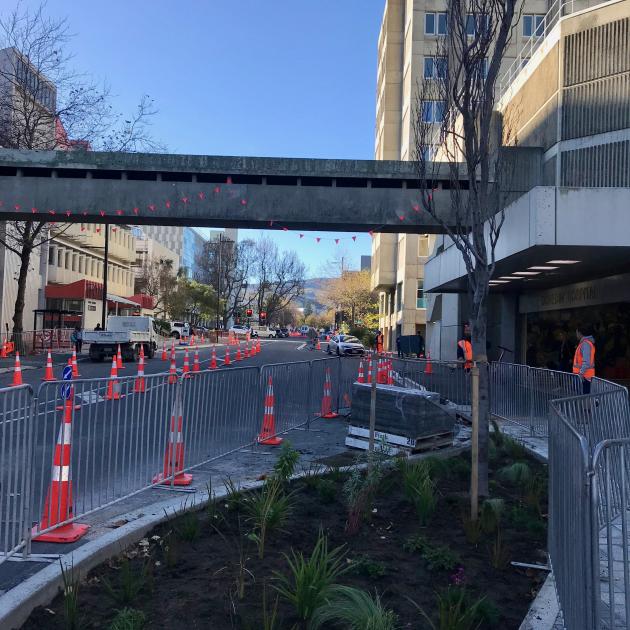
Under the trees, native ground cover includes ferns, bidibidi (Acaena) and tiny Fuchsia procumbens. As well, there are thousands of bulbous rain lilies (Zephyranthes), which look a bit like crocuses and flower after late summer rains.
"They’re very cute," Dr Hazelton says.
The ground cover plants are practical, too, as they reduce weeding.
"Each block is slightly different in terms of planting," Mr Cole says, so in the Golden Block, for instance, yellow tones have been chosen where possible.
There was a bit of a kerfuffle there, when the sterile form of milkweed was planted and people thought it was the invasive weed.
"We took it out because of that perception, not for botanical reasons," Mr Cole says.
Nichol’s is contracted to do the planting and maintenance of the gardens for a year after that, then it will be done under a DCC contract, Dr Hazelton explains.
Happily, he says, "we haven’t had any negative feedback post-planting".
Mr Cole’s next job is to "write a very comprehensive specification: the plan is that it [George St] always looks like this".
The work was originally to be completed in September next year (2024) but Dr Hazelton has some good news: things are running ahead of schedule. If the weather is favourable, it will be finished in April, five months early.
That would be Totally Georgeous.

